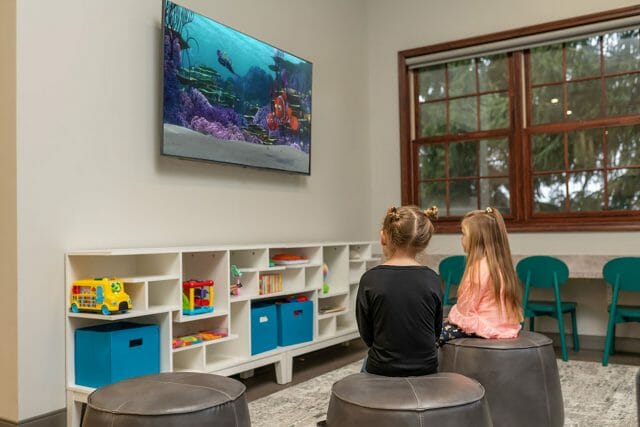 Can orthodontic correction occur while a child still has baby teeth?
Can orthodontic correction occur while a child still has baby teeth?
Yes. Some orthodontic problems are significant enough to require early intervention. This is referred to as Phase I or early treatment and can be indicated due to issues such as severe crowding, crossbites, or abnormal jaw development. The American Association of Orthodontics recommends an orthodontic screening at age 7. If early treatment is not indicated, we will follow the patient’s growth and development through recall appointments.
What are the benefits of Phase I or early treatment?
- Expanding a constricted upper arch or palate has multiple benefits that include:
- correct crossbites, which can produce abnormal wear on the back teeth
- create more space for permanent teeth to erupt
- increase nasal air volume to help with breathing
- Develop upper and lower arch length to make room for all the permanent teeth to erupt into desirable positions. This reduces the likelihood of permanent teeth becoming impacted or stuck, which requires more extensive treatment to bring them in.
- Correct harmful oral habits, such as thumb-sucking or tongue thrusting.
- Lower the risk of trauma or injury to protruded front teeth.
- Improve personal appearance and self-esteem.
- Improve the relationship of upper and lower jaws to allow for more normal future development.
- Preserve space for permanent teeth that are coming in.
- Potentially simplify and/or shorten treatment time for later, Phase II orthodontics.
How long will it take to complete treatment?
Treatment time depends on the complexity of the case, and every patient is unique. Patients grow at different rates and will respond in their own way to orthodontic treatment. Average treatment time for Phase I Orthodontics is between 6-12 months and can range between 12-24 months for Phase II or comprehensive orthodontics. Patient compliance is critical for successful orthodontic treatment as well. Patients who cooperate with good oral hygiene, wearing rubber bands as directed while taking care not to damage appliances, will most often lead to on-time and excellent treatment results.
Will my child need full braces if he/she has Phase I early treatment?
It is best to assume that another phase of orthodontic treatment will be needed when all permanent teeth erupt. This is referred to as comprehensive treatment and will address all orthodontic issues, including alignment of all teeth as well as jaw relationships for a correct bite. If two phases are required, total cost will be greater.
How frequently will I need to return to the office for appointments?
You will be seen on a routine basis throughout treatment. Intervals vary based on treatment objectives and typically are between 4-8 weeks. Remember to continue to see your general dentist for regular check-ups and cleanings while you are undergoing orthodontic treatment.
Can my child play sports while wearing braces?
Yes. Wearing a protective mouthguard is advised while playing contact sports. If needed, we will provide a mouthguard that can be worn over the braces, and we will also make a custom mouthguard following treatment.
Will braces interfere with playing musical instruments?
Playing wind or brass instruments, such as the trumpet, will require some adaptation to braces. With practice and a period of adjustment, braces typically do not interfere with the playing of musical instruments.
How often should I brush my teeth while in braces?
Patients should brush their teeth at least 4-5 times a day – after each meal and before going to bed. We will give detailed instructions on how to brush and floss with braces as well as recommend a special mouth rinse. We also apply a fluoride varnish to the teeth throughout treatment to help strengthen and protect enamel.
Are there foods that I should not eat with braces?
Yes. Avoid foods that are chewy, sticky, hard and crunchy in order to keep the braces and wires intact. We will provide a comprehensive list once treatment begins.
What if a bracket falls off or a wire is poking?
Please call our office with any concern about orthodontic appliances. We have an after-hours phone service and will promptly return your call. A lot of issues can be handled over the telephone, and we have special time set aside in the schedule as well to address emergency situations.
Why are retainers needed after orthodontic treatment?
After appliances are removed, the teeth can shift back to their original position if they are not stabilized. Retainers provide that stabilization. They are designed to hold teeth in their corrected, ideal positions until the bones and gums adapt to the treatment changes. Wearing retainers as instructed is the best insurance that treatment improvements last for a lifetime.



